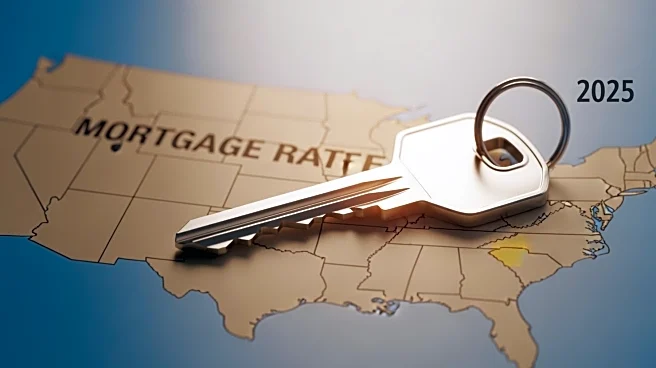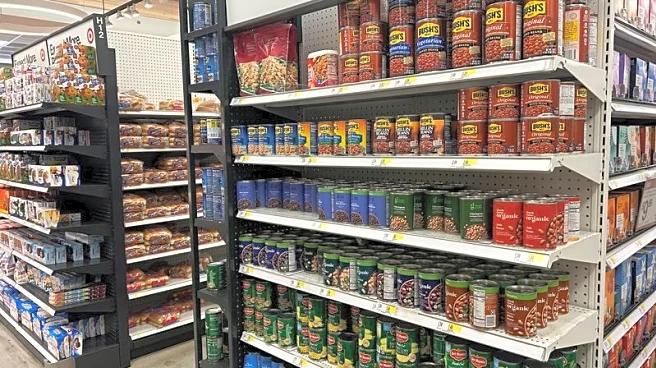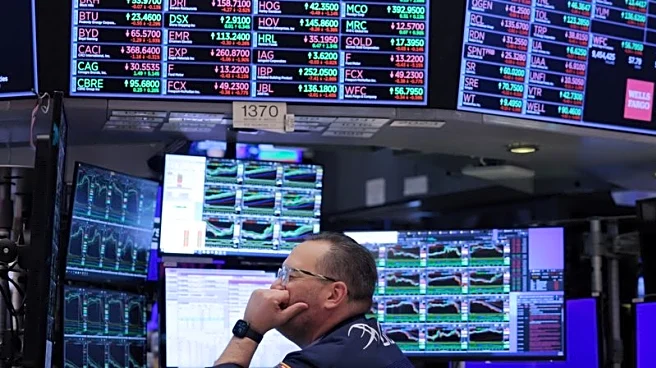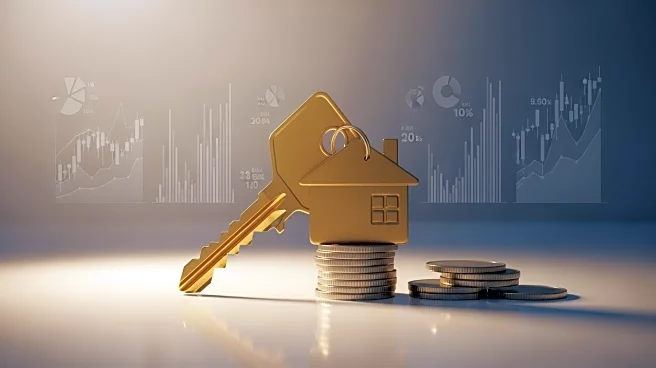What's Happening?
In 2025, mortgage rates across the United States have shown a general easing trend after two years of high borrowing costs. According to data from WalletHub, New Jersey has the highest average mortgage rate at 6.85%
in the second quarter of 2025. This is consistent with its expensive housing market and high property tax burdens. Other states with high rates include Connecticut at 6.48% and New York at 6.25%. Conversely, states like Idaho, Hawaii, and Utah have some of the lowest rates, with Idaho at 4.35%. The easing of rates is attributed to a Federal Reserve rate cut and a drop in 10-year Treasury yields, which have brought the average rate on 30-year mortgages to the mid to low 6% range.
Why It's Important?
The changes in mortgage rates are significant for the U.S. housing market and potential homebuyers. Lower mortgage rates can make home buying more accessible, potentially increasing demand in the housing market. However, despite the easing of rates, the median age of homebuyers has increased to 38 years, indicating that Americans are entering the housing market later in life. This trend could impact the housing market dynamics, affecting everything from home prices to the types of homes in demand. States with higher rates may see slower growth in home sales compared to those with lower rates, influencing regional economic conditions.
What's Next?
Forecasts suggest that mortgage rates will remain steady through the rest of 2025. The Mortgage Bankers Association predicts the average 30-year rate will end the year at 6.5%, while Fannie Mae projects it at 6.4%. These predictions indicate a period of stability in the housing market, which could provide a more predictable environment for both buyers and sellers. However, any unexpected economic changes or policy shifts could alter these projections, impacting future mortgage rates and housing market conditions.













